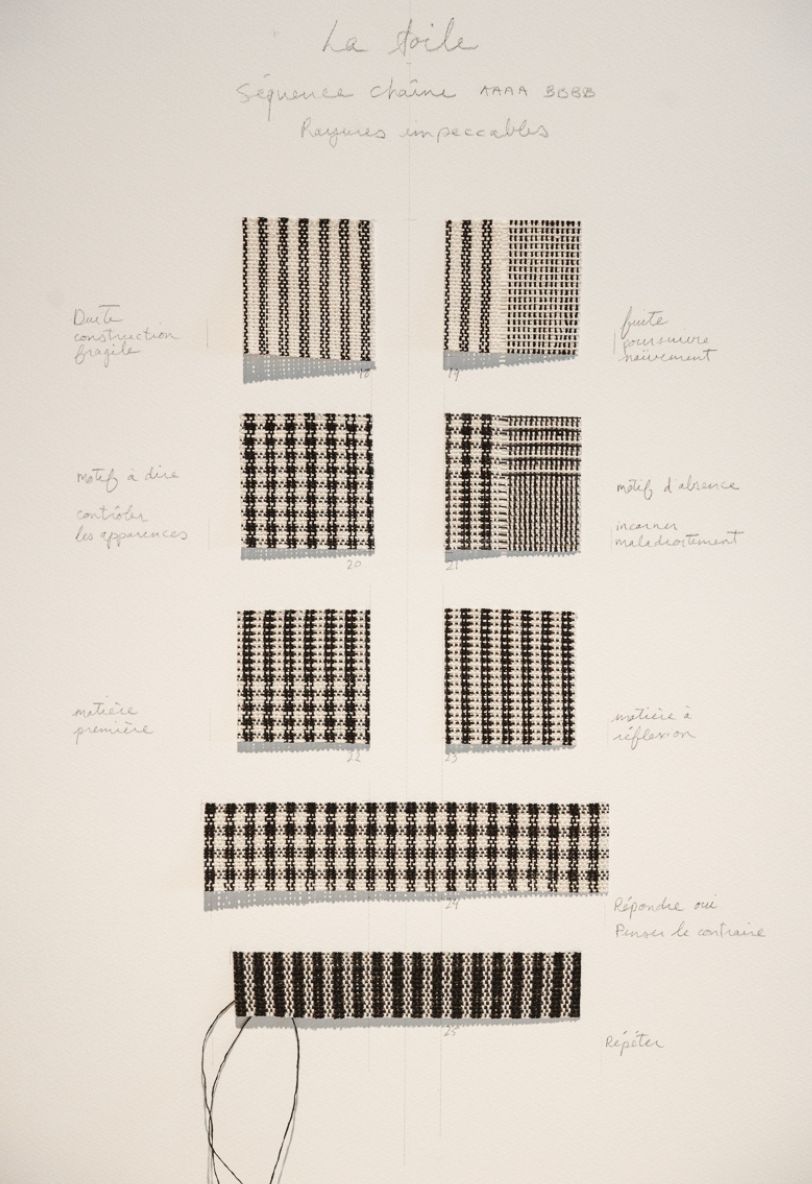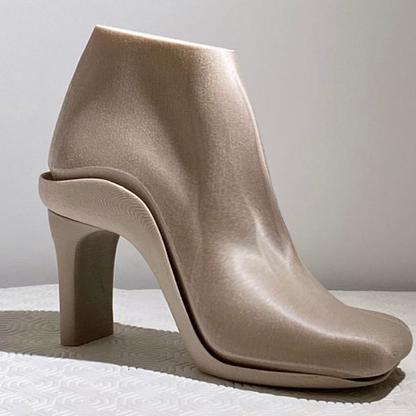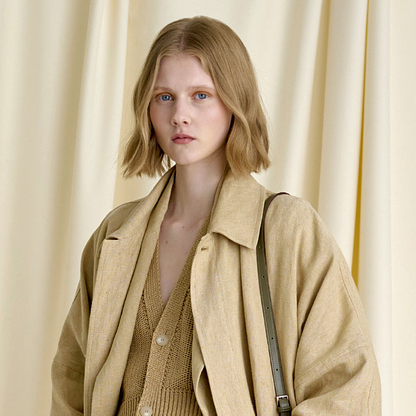Julie Bénédicte Lambert: Flax Fibre at the heart of an International Sculpture
November 04, 2024
Julie Bénédicte Lambert, textile artist specialized in linen, exhibits her works internationally. Graduated from the Centre des textiles contemporains in Montreal and Concordia University, she has received many prestigious awards. She teaches and runs workshops, sharing her passion for textiles.








